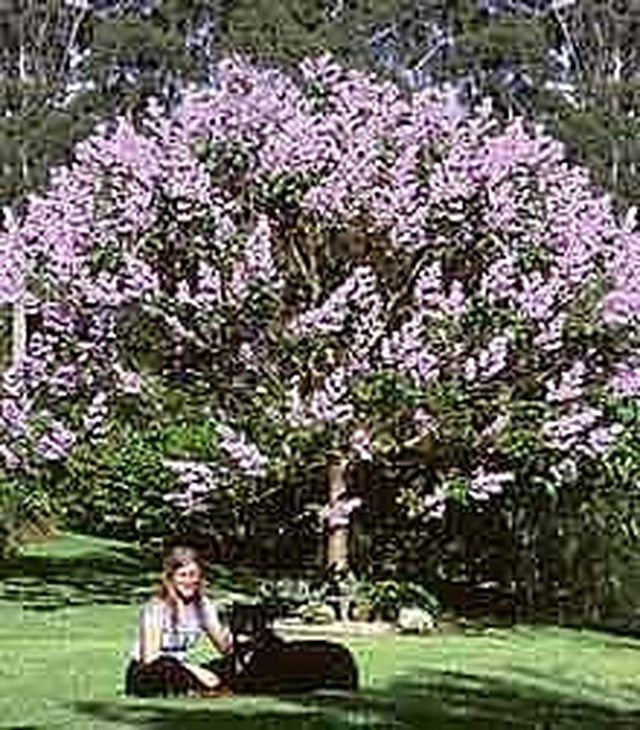Bulbs
Flower Basics
Flower Beds & Specialty Gardens
Flower Garden
Garden Furniture
Garden Gnomes
Garden Seeds
Garden Sheds
Garden Statues
Garden Tools & Supplies
Gardening Basics
Green & Organic
Groundcovers & Vines
Growing Annuals
Growing Basil
Growing Beans
Growing Berries
Growing Blueberries
Growing Cactus
Growing Corn
Growing Cotton
Growing Edibles
Growing Flowers
Growing Garlic
Growing Grapes
Growing Grass
Growing Herbs
Growing Jasmine
Growing Mint
Growing Mushrooms
Orchids
Growing Peanuts
Growing Perennials
Growing Plants
Growing Rosemary
Growing Roses
Growing Strawberries
Growing Sunflowers
Growing Thyme
Growing Tomatoes
Growing Tulips
Growing Vegetables
Herb Basics
Herb Garden
Indoor Growing
Landscaping Basics
Landscaping Patios
Landscaping Plants
Landscaping Shrubs
Landscaping Trees
Landscaping Walks & Pathways
Lawn Basics
Lawn Maintenance
Lawn Mowers
Lawn Ornaments
Lawn Planting
Lawn Tools
Outdoor Growing
Overall Landscape Planning
Pests, Weeds & Problems
Plant Basics
Rock Garden
Rose Garden
Shrubs
Soil
Specialty Gardens
Trees
Vegetable Garden
Yard Maintenance
How to Plant a Paulownia Tree for Quick Shade
How to Plant a Paulownia Tree for Quick Shade. If you have a hot spot in your yard that would benefit from a fast-growing shade tree then the Paulownia is for you. Also called the Dragon Tree or Empress Tree, a well-tended Paulownia will grow from a seedling to 30 feet in height in 3 years. They have an average lifespan of about 90 years and...

If you have a hot spot in your yard that would benefit from a fast-growing shade tree then the Paulownia is for you. Also called the Dragon Tree or Empress Tree, a well-tended Paulownia will grow from a seedling to 30 feet in height in 3 years. They have an average lifespan of about 90 years and produce beautiful blossoms for 6 to 8 weeks every spring once they are established. They will be quite happy in climates with temperatures between 15 and 130 degrees Fahrenheit. They need at least 6 hours of sun per day and prefer more. After the first couple of years, they require very little water.
The best time to plant a Paulownia is in the spring, but they can be planted year-round. If no one near you grows Paulownias, then you can purchase a Paulownia online and have it shipped to you. If you receive a small seedling by mail, plant it in a one-gallon pot of sandy loam immediately. After one week fertilize it with a high nitrogen fertilizer. Be careful not to over-water. These trees like to be really wet and then to dry out completely before being watered again. Too much water will kill a young seedling.
Put the tree in the sun during the morning for one week. Then gradually increase time in the afternoon sun by about one hour a day. Paulownias love the sun and once they adjust to their new home, they will thrive in lots of sunshine. The tree should grow to one foot during the first month of really hot weather. If it doesn't, you must reset the fast growth process by cutting it back to the ground. I know this sounds severe, but it will make for a great tree. If you want one trunk, you must nip off all new shoots but one. If you allow more than one shoot to grow then you will have a tree with multiple trunks. I suggest you look at pictures of grown trees online to decide how you want your tree to look and then prune accordingly.
Once the tree is between 8 and 12 inches tall, you can plant it in the ground. The hole must be 2 or 3 feet deep and 2 or 3 feet wide. Fill it with a sandy loam mix that will drain well. Once you plant the tree in the hole, create a mound or low wall of dirt (4 to 6 inches high) in a ring about 2 feet out from the tree in all directions. This wall will hold water in when you water the tree, encouraging the root to grow straight down. Let the soil become completely dry before watering again. When you water, soak the soil. These trees need deep watering. In the heat of summer, water about every 3 days, to give the roots time to dry out between watering. Feed with a high nitrogen fertilizer.
Plant the trees no closer than 5 feet apart. The optimum distance is 12 feet apart because they have a 25-foot canopy when full-grown. The tap root grows straight down so you can safely plant fairly close to walkways and gardens. Don't plant closer than 6 feet from a structure.
Paulownia Trees combat global warming by cleaning the air. One mature tree removes 48 pounds of carbon dioxide from the air each year, replacing it with 13 pounds of clean oxygen. If you are impatient, and want ample shade in two years, think Paulownia.